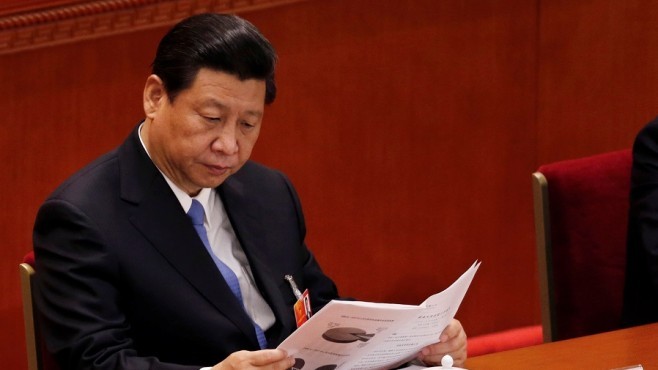Wheat
- From the beginning of 2017/18 until October 25, 2017, 121,200 tonnes of flour were exported from Ukraine, by 21,700 tonnes more than the previous year. 120,800 tonnes of wheat flour (+21,600) were exported.
- During the week ending on October 26, 2017 248,386 tonnes of soft wheat were exported from the EU, which is 15% less than the previous week. From the beginning of the season, 6,519 million tonnes of wheat were exported, which is 23.4% below the level of the previous season.
- For the first time since 2004 until now, authorities in China will lower the state prices of wheat. In 2018 the price will be 246 USD / mt, which is 2.5% less than in 2017. China's wheat stocks are about 1/3 of the global stocks. At present, they are 74 million tonnes. According to COFCO, price cuts will not affect production quickly, because the winter wheat sowing in China is over.
- Mexico and Argentina signed a phytosanitary protocol that gives green light to wheat supplies. Mexico seeks to diversify the supplies of wheat and corn , so that they are not only from the United States.
- Turkey purchased 110,000 tonnes of red milling wheat at price of 226 - 229 USD / mt, C & F.
- Ethiopia plans to buy 1.05 million tonnes of wheat in a series of auctions. This will be the largest volume of wheat imported in the last few years.
Grain
- From the beginning of the season until October 25, 2017,12.9 million tonnes of grain were exported from Ukraine, which is 110,000 tonnes more than last year.
- During the week ending on October 26, 2017 only 10,767 tonnes of feed barley were exported from the EU, which is 88% less than last week. From the beginning of the season, 1.543 million tonnes of fodder barley are exported from the EU (+ 4.3%).
- In 2017/18, in South Africa, 2.47 million hectares will be sown with corn, which is 6.1% less than the previous season, according to CEC forecast. Reduction is due to lower crop prices.
- From the beginning of the season, 2.2 million tonnes of barley were exported from Russia, which is 64% more than the same period last year. Major customers were Saudi Arabia, 926,000 tonnes (38% share), Iran 591,000 tonnes (24%), Jordan 177,000 tonnes (7%). Throughout 2016/17 3 million tonnes of barley were exported from Russia to Saudi Arabia - 1.1 million tonnes, Iran 466,000 tonnes, Libya 339,000 tonnes and Jordan 237,000 tonnes.
- According to the Ministry of Agriculture of Ukraine, as of October 27, 2017, 6,718 million hectares were planted with grain crops or 93% of the planned afreas - 5.81 million hectares with wheat (94%), 764,000 hectares with barley (83%), and 144,000 hectares with rye (89%).
Oil crops and vegetable oils
- Argentine farmers have already started sowing soybean, 2017/18 crop. Up to now, 5% of the planned areas have been planted, as this is the highest level for the past five years. Farmers have large stocks of soybean, 2016 / 17 crop, as until now they have sold 66% of it given 74% a year earlier. Price increases are expected before January when the export duty will fall by another 0.5%.
- There is excitment in the market of palm oil. During the period October 1 - 25 , Malaysian palm oil export grew by 8.6% from the previous year to 1.18 million tonnes. Indian purchases increased by 28.6% to 252,000 tonnes. The country will continue to buy palm oil actively because it is deficient in this product.
- As of October 27, 2017, in Ukraine, 847,000 hectares are sown with winter rapeseed (109% of the planned areas), according to data of the Ministry of Health of the country.Agriculture- During the period July - October, 2 million tonnes of oil crops were exported from Ukraine at just 1 million tonnes a year earlier. 1.68 million tonnes of rapeseed (+0.98 million tonnes versus July - October 2016), 0.3 million tonnes of soybean (-0.9) were exported.
- The US government intends to raise imports of Argentine biodiesel again to 70% given the current 64.17% and from Indonesia to 50.71%.

